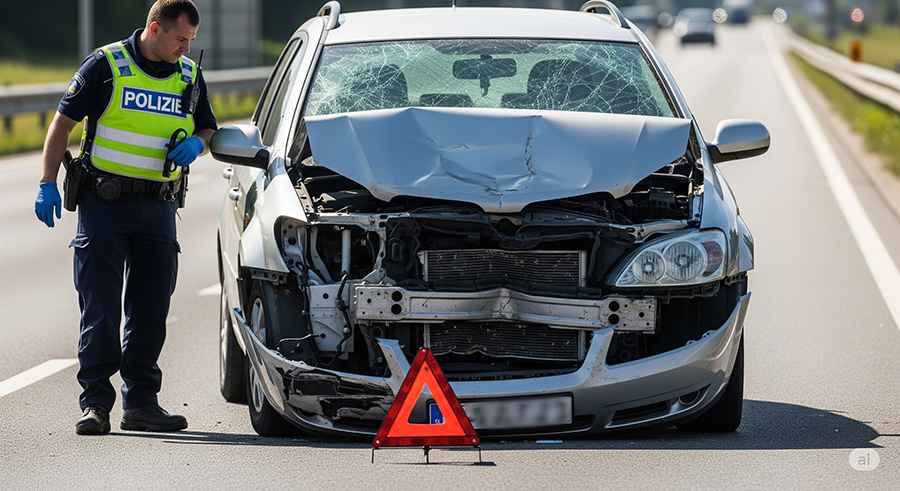5 Most Common Causes of Car Accidents
Every time you slide behind the wheel, you’re making hundreds of tiny decisions all at once. When to accelerate, when to brake, and how much space to leave in front of you. Most of the time, driving feels routine. But accidents can happen in a split second, often because of predictable mistakes.

While not every crash is avoidable, knowing the main reasons they happen can help reduce your chances of being involved in one. So, we'll break down the top five causes of car accidents so you can be more aware and prepared.
And if you or someone you care about has already been hurt in a crash, connecting with experienced car accident lawyers for injury victims can make a big difference in your recovery journey.
Distracted Driving
Distractions go well beyond phones. You could be thinking about a fight with a friend, flipping through a playlist, or chatting with someone in the backseat, all of which pull your focus off the road. Even if you’re only looking away for what feels like an instant, that split-second lapse can leave you distracted from noticing brake lights ahead or a car merging into your lane.
To guard against this, treat driving like you would a challenging video game: eliminate as many outside interruptions as possible. Activate a “Do Not Disturb” mode on your phone before you turn the ignition.
Program your GPS before you pull away so you’re not fumbling with apps at intersections. If a conversation gets too heated or your eyelids start to flutter, safely pull over and regroup. Your full attention on the road is the only way to stay in control.
Impaired Driving
You don't have to be wasted for alcohol to mess with your driving. Even one or two drinks can slow your reaction time and cloud your judgment. Drunk driving kills nearly one-third of all traffic fatalities in the U.S. each year.
Avoid these risks by making a plan before you start drinking. Decide on a ride-share app, agree on a designated driver in advance, or book a taxi before the night begins.
Speeding
Speeding also means not adjusting to the situation. Driving 55 mph might be fine on a sunny afternoon, but that same speed could be dangerous in the rain, at night, or in heavy traffic. The law actually requires drivers to go at a speed that’s safe for the conditions, even if that’s slower than the posted limit. So, beat the urge to speed by building extra time into your travel schedule so you’re never racing against the clock.
Aggressive Driving
Aggressive driving is more than just honking at slow drivers. It’s a mindset that treats the street like your personal racetrack. Tailgating, weaving between lanes, blowing through red lights, or flipping off other drivers all increase the odds of a catastrophic crash.
Most of the time, aggressive drivers think they’re just being confident or efficient, but really, they’re putting themselves and others in danger. They’re more likely to cause a crash, get into conflicts with other drivers, and make unpredictable decisions that other people can’t react to in time.
If you ever spot someone driving aggressively, the best move is to back off. Don’t try to race them, don’t make eye contact, and definitely don’t try to teach them a lesson.
Running Red Lights
Most drivers who run lights or stop signs are in a rush or think they can make it before the light changes. But intersections are one of the most dangerous places on the road for a reason. You've got traffic coming from multiple directions, pedestrians crossing, and people making turns all at once. One wrong move and the results can be deadly.
The solution here is simple: respect the signals. Stop completely at stop signs. Don’t try to speed through a yellow light; slow down instead.